Your cart is currently empty!
Is 5G turning our skies unfriendly?
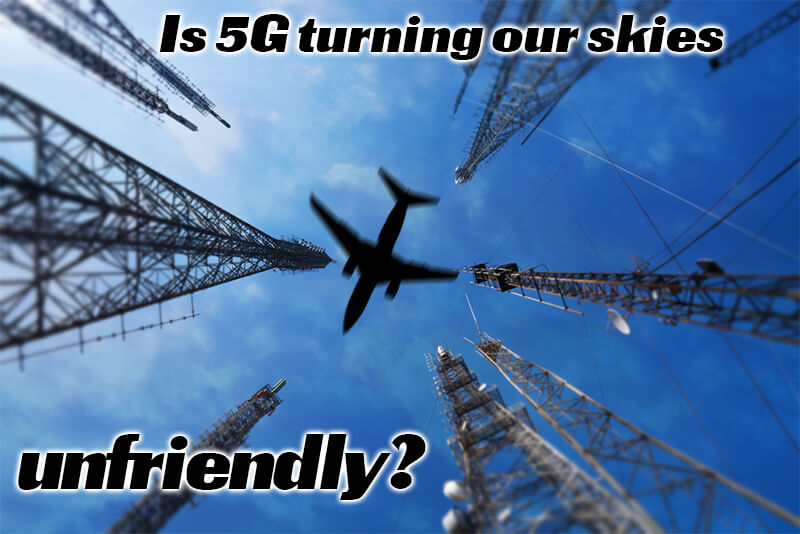
CEOs from 10 passenger and cargo airlines, including American, Delta, Southwest, United and FedEx are urging federal officials, including Transportation Secretary Pete Buttigieg, to establish 2-mile 5G-free buffer zone around runways. But with nearly every major city containing a nearby airport, are the airlines demanding too much in the name of safety and is it even possible to guarantee 5G-free at any airport?
In just the top 10 most populated US cities alone, there are over 26 million residents. Many of those residents fall within 5G reach of their city’s own airport and runways. This would normally be touted as a good thing for carriers and their customers demanding better, faster wireless connectivity. After all, 5G has been proclaimed the next big thing and estimated to create $13 trillion in global economic value across industries by 2035 according to CB Insights. So why are industry experts demanding that the FAA force wireless carriers to implement 2 mile 5G-free zones around airports?
The problem stems from older aircraft equipment built up to 40 years ago but that are still in use today. These systems tend to have outdated band pass filters on their receivers – the same receivers used in vital telemetry equipment such as altimeters. Pilots fear that strong 5G signals from cell towers to phones in the C-band spectrum which reside closely to their own aircraft instrument’s spectrum will cause RF interference. Altimeters are indispensable when the pilot’s visibility is impeded by severe weather conditions. Major international airlines have already begun cancelling flights to the US over concerns about 5G wireless towers near airports including Emirates and Air India Airlines.
While this might seem like an international safety issue, most pilots and engineers really see it as a U.S. safety issue brought on by telecoms and their commercial interests to meet deadlines. In an interview with NPR, Captain Dennis Tajer of Allied Pilots Association claims that other countries have taken better safety precautions than the U.S. “For instance, in France, they had the antennas pointed downward. They brought the power of the signal down, and they backed away the frequency from the frequency that my aircraft uses for this critical input through the radio altimeter.” He goes onto explain that this has “protected the airplane in France for almost two minutes prior to landing, whereas in the U.S., what the cellphone companies have proposed would have given me about 20 seconds of protection and with some rapid deployment on that.”
The international confusion continues with the US C-band for 5G at 3.7 GHz to 4 GHz while the European 5G band is at a slightly lower 3.4 GHz to 3.8 GHz. Aircraft altimeters typically operate in the 4.2 GHz to 4.4 GHz range, making the US band closer to the altimeter and increasing chances of interference.
But it’s not all bad news. As of January 20th, the FAA has approved 78% of US planes to take off and land at airports with 5G C-band. Many Boeing and Airbus planes’ altimeters have been been cleared to operate safely with nearby 5G with more to come soon. However, the FAA is predicting some altimeters won’t pass the test and deemed “too susceptible to 5G interference.” Planes equipped with those altimeters won’t be allowed to land at airports during low-visibility conditions if they have 5G nearby so expect more cancellations and confusion in the near future.
With over 900 million 5G devices predicted to sell in 2022 alone, this interference safety issue for pilots, crew and fliers must be resolved soon. Learn more about 5G and the products used to test, optimize and build out these vast wireless networks HERE.
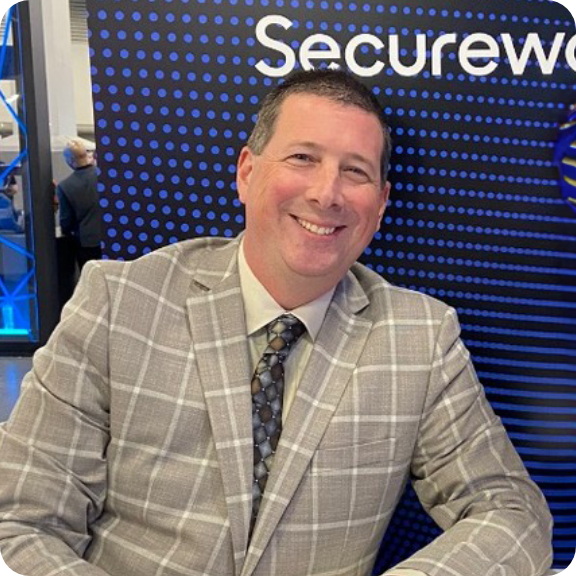
Scott Schober
CEO | Author | Speaker at Berkeley Varitronics Systems
Scott Schober presents at cybersecurity and wireless security conferences for banking, insurance, transportation, construction, telecommunications and law enforcement industries. He has overseen the development of dozens of wireless test, security, safety and cybersecurity products used to enforce a “no cell phone policy” in correctional, law enforcement, and secured government facilities. Scott regularly appears on network news programs including Fox, Bloomberg, Good Morning America, CNN, MSNBC, NPR and many more. He is the author of 'Senior Cyber', 'Cybersecurity is Everybody's Business' and 'Hacked Again', the “original hacker’s dictionary for small business owners” - Forbes Magazine.
Our Newsletter
Lorem ipsum dolor sit amet, consectetur adipiscing elit. Aliquam mattis ligula vitae leo scelerisque, sit amet feugiat ex venenatis.
"*" indicates required fields
Latest Posts
Our Best Sellers
How can we help?
Lorem ipsum dolor sit amet, consectetur adipiscing elit. Nunc dictum aliquet justo sit amet consectetur. In tempor lobortis ante vitae ornare. Praesent feugiat magna at tempor consequat. Aenean in iaculis libero, aliquam imperdiet mi.

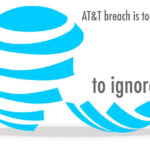




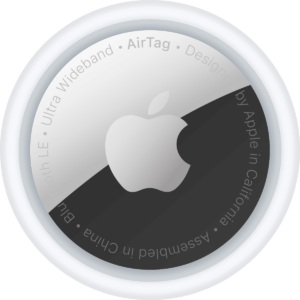
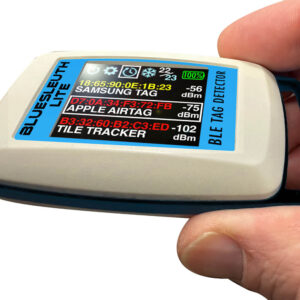

Leave a Reply